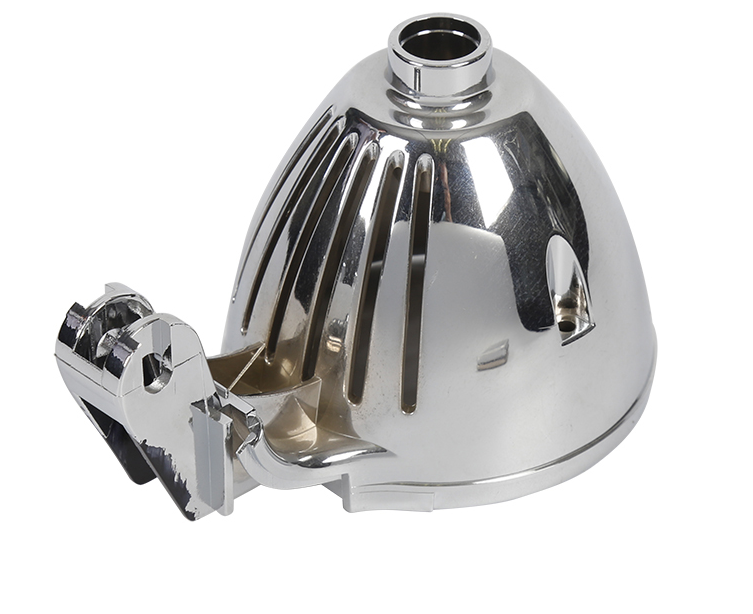1.1 Electroplating determination
Electroplating (ELECTROPLATING) is an ion deposition process (ELECTRODE POSITION PROCESS), which uses electrodes (ELECTRODE) to pass current to make metal adhere to the surface of the object, and its purpose is to change the characteristics or size of the surface of the object.
1.2 Purpose of electroplating
It is to coat the metal coating (DEPOSIT) on the substrate to change the surface properties or size of the substrate. For example, it can give the metal surface a glossy and beautiful appearance, prevent rust and wear of articles; improve electrical conductivity, lubricity, strength, heat resistance, and weather resistance; prevent carburization and nitriding by heat treatment; repair parts that are sized or worn.
1.3 Various gold plating methods
Electroplating method (ELECTROPLATING) Electroless plating method (ELECTROLESSPLATING)
HOT DIP PLATING SPRAYPAINTING
PLASTIC PLATING IMMERSION PLATING
DIFFUSION PLATING CATHODESUPPTERING
VACUUM PLATING
ALLOY PLATING
Composite Plating (COMPOSITE PLATING) Partial Plating (SELECTIVE PLATING)
THROUGH-HOLE PLATING PEN PLATING
ELECTROFORMING
1.4 Basic knowledge of electroplating
Electroplating is mostly carried out in liquid (SOLUTION), and most of them are electroplated in aqueous solution (AQUEOUS SOLUTION). About 30 kinds of metals can be electroplated from aqueous solution, such as copper CU, nickel NI, chromium CR, zinc ZN, cadmium CD “, lead PB, gold AU, silver AG, platinum PT, cobalt CO, manganese MN, antimony SB, bismuth BI, mercury HG, gallium GA, indium IN, thallium, AS, SE, TE, PD, MN, RE, RH, OS, IR, NB, W, etc.
Some metals must be electroplated from non-aqueous solutions, such as Lithium, Na, Potassium, Beryllium, Magnesium, Calcium, Strontium, Barium, Aluminum, LA, TI, ZR, GE, MO, etc. Electroplating metals from aqueous and non-aqueous solutions include copper, silver, zinc, cadmium, antimony, bismuth, manganese, cobalt, nickel, and the like.
Also includes the following: Solution properties Substance reactions Chemical formula Electrochemistry Interfacial physicochemistry Material properties
1.4.1 Solutions
The substance that is dissolved is called the solute (SOLUTE), and the substance that dissolves the solute is called the solvent (SOLUTE). The solvent is a water solution called an aqueous solution (AQUEOUSSOLUTION). Represents the amount of solute dissolved in solution as concentration (CONCENTRATION). In a certain amount of solvent, the maximum amount of solute that can be dissolved is called solubility (SOLUBILITY). The solution that reaches the solubility value is called saturated solution (SATURATED SOLUTION), otherwise, it is the unsaturated solution (UNSATURATED SOLUTION)
SOLUTION). The concentration of the solution, in the production and operation management, uses the easy-to-understand and convenient weight percent concentration (WEIGHT PERCENTAGE) and the commonly used molar concentration (MOLALCONCENTRATION).
1.4.2 REACTION OF MATTER
In the electroplating process, there are physical and chemical changes. For example, grinding and drying are physical reactions. The electrolysis process has chemical reactions. We must fully understand the relationship and influence of various physical and chemical reactions in the process.

